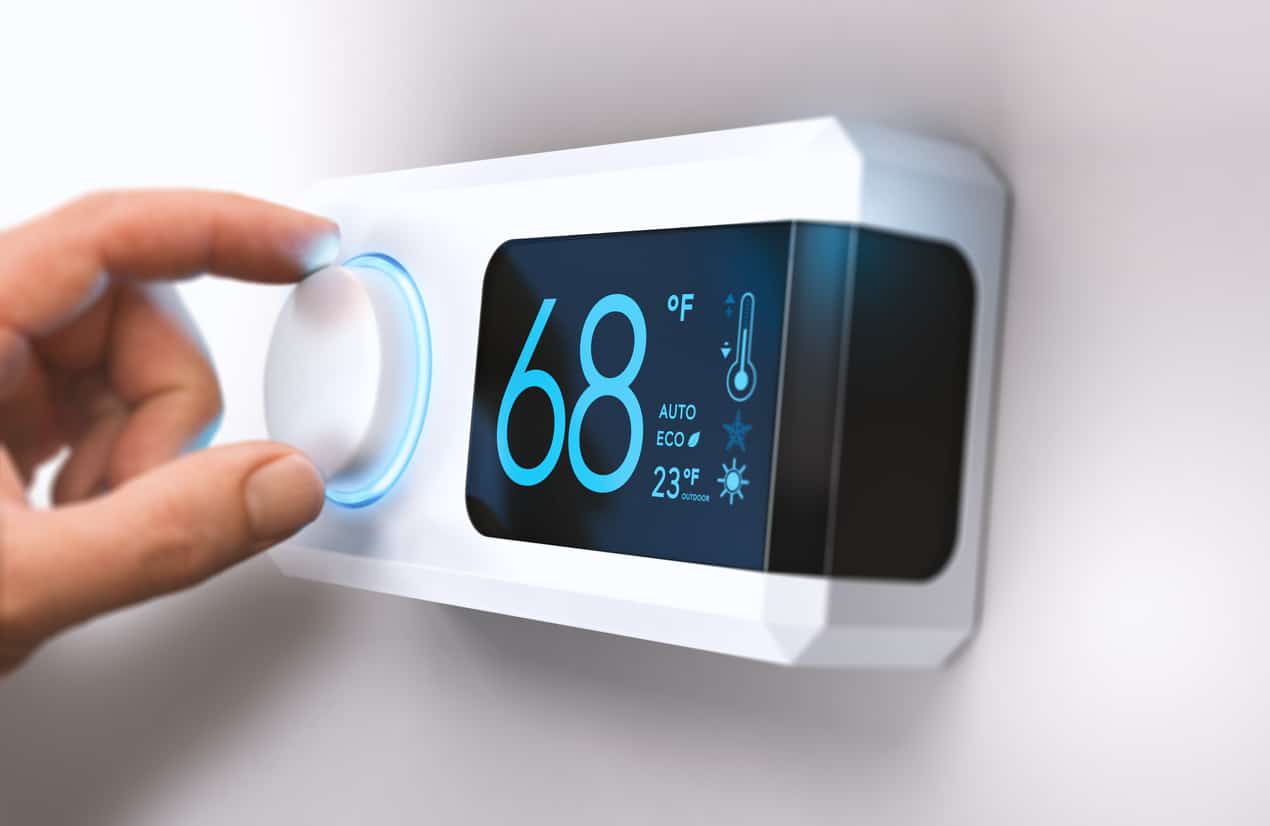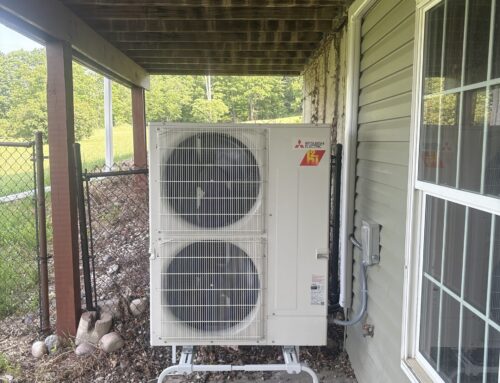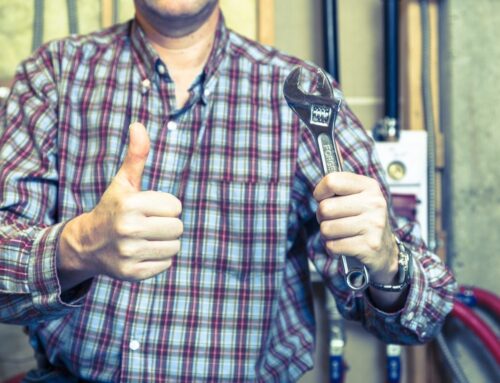
Did you know that maintaining your HVAC system is a year round job? That’s right, even in the summer there are things that you need to do to keep your system running smoothly! We found you a great article that will outline the things that you need to do to keep that system blowing cool air when the heat rolls in!
Just like any critical piece of equipment, your heating and cooling systems require regular HVAC maintenance to keep them running properly. Home and business owners should stay on top of maintenance tasks year-round to improve system performance and efficiency.
Don’t know exactly what to do as far as HVAC maintenance goes? We’ve put together a summer guide that details the exact steps you should take throughout the warmest part of the year to keep your furnace, air conditioner, heat pump, or other HVAC equipment operating smoothly. We’ll start in May and take you through the end of August with the necessary steps.
May
- Start your air conditioner. Even if the outdoor temperatures aren’t quite hot enough to use the cooling system yet, it’s smart to fire up your system ahead of the season. You’ll be able to identify system start-up issues and other performance issues, such as a lack of cool air or frequent cycling, and have them repaired prior to rising temperatures. This way, your system issues will be resolved before you need to use your air conditioner or heat pump, and you won’t be stuck waiting for repairs when the first hot day of the year rolls around.
- Set your programmable thermostat schedules for cooling season. Create temperature schedules that fit the occupancy schedules of your home or business. Programmable thermostats may allow for different schedules each day, for the week and weekend, or for the week and each day of the weekend, depending on the model, and typically accommodate up to four temperature adjustments daily. Remember, setting temperatures back 10 to 15 degrees for periods of 8 hours or more can save you one percent on energy costs for every degree you set your thermostat back. Perfect times for setbacks are overnight or during hours your home or business will be unoccupied. Set temperatures to adjust to occupied comfort levels about 15 minutes before the dwelling or building will be occupied to avoid discomfort without wasting energy. During occupied hours, keep everyone comfortable while conserving energy. Keeping the thermostat’s temperature at 78 degrees is optimal for energy efficiency when people are indoors, and will help them stay cool without consuming excessive energy.
- Check your air filter. During periods of heavy cooling system use, the filter should be inspected monthly to make sure it has not become full of contaminants. You may find it necessary to replace it sooner than the 3-month mark during these times, so have a replacement ready just in case.
- Inspect all registers and return air grilles in your home to ensure they have not been blocked or shut. These vents should never be blocked, as doing so will restrict airflow through your HVAC systems, which could create performance issues and system overheating. Move all carpets and rugs, furniture, and other items away from vents. Check to see that vent louvers are open; if you wish to shut off cooling to unused areas of your home or building, never close more than 20 percent of the structure’s HVAC vents. If you have many unused areas, consider investing in a zoning system which will allow you to reduce energy waste while facilitating proper HVAC system performance – work with a trusted HVAC contractor to design and install zoning solutions for your home or business.
- Inspect your exterior cooling equipment. Gently brush away any grass clippings and debris which have gathered on the unit. Trim away vegetation that has grown around the unit. Never store outdoor furniture or other items in the area immediately surrounding the unit.
- Inspect your cooling system’s drip pan and condensate drain lines for clogs. If these components become clogged with mold or algae growth, condensation from the cooling process cannot exit your home or building properly. This can cause the cooling system to malfunction, or water to back up indoors, causing water damage. If water has backed up, clear clogs within the drip pan or condensate drain lines. Turn off power to the system for safety before doing so. Use a wet/dry vacuum to clear water from the drip pan, or use rags to soak it up. Clean the drip pan using a mild soap. Clear clogs from the condensate drain lines using your wet/dry vacuum.
June
- Check your air filter. During periods of heavy cooling system use, the filter should be inspected monthly to make sure it has not become full of contaminants. You may find it necessary to replace it sooner than the 3-month mark during these times, so have a replacement ready just in case.
- Inspect all registers and return air grilles in your home to ensure they have not been blocked or shut. These vents should never be blocked, as doing so will restrict airflow through your HVAC systems, which could create performance issues and system overheating. Move all carpets and rugs, furniture, and other items away from vents. Check to see that vent louvers are open; if you wish to shut off cooling to unused areas of your home or building, never close more than 20 percent of the structure’s HVAC vents. If you have many unused areas, consider investing in a zoning system which will allow you to reduce energy waste while facilitating proper HVAC system performance – work with a trusted HVAC contractor to design and install zoning solutions for your home or business. Inspect your exterior cooling equipment. Gently brush away any grass clippings and debris which have gathered on the unit. Trim away vegetation that has grown around the unit. Never store outdoor furniture or other items in the area immediately surrounding the unit.
- Inspect your cooling system’s drip pan and condensate drain lines for clogs. If these components become clogged with mold or algae growth, condensation from the cooling process cannot exit your home or building properly. This can cause the cooling system to malfunction, or water to back up indoors, causing water damage. If water has backed up, clear clogs within the drip pan or condensate drain lines. Turn off power to the system for safety before doing so. Use a wet/dry vacuum to clear water from the drip pan, or use rags to soak it up. Clean the drip pan using a mild soap. Clear clogs from the condensate drain lines using your wet/dry vacuum.
For the rest of this article please go to hvac.com
Save More, Stay Informed!
Sign up for our newsletter and be the first to receive:
✅ Exclusive Sales & Rebates on Mitsubishi Heat Pumps.
✅ Industry News and Expert HVAC Tips.
✅ Updates That Help You Save Energy and Money.





